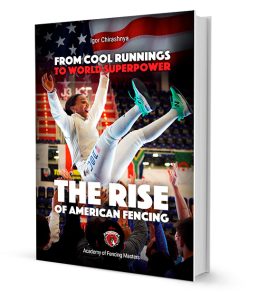A familiar refrain that I hear from parents at fencing competition goes something like this: “The ref was completely wrong. He called so many touches incorrectly, and he gave way too many red cards.” The might go on about some other issue with the fencing referees,...












